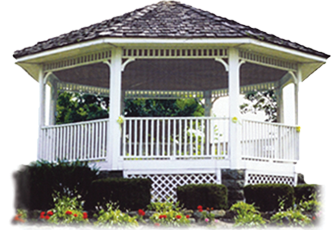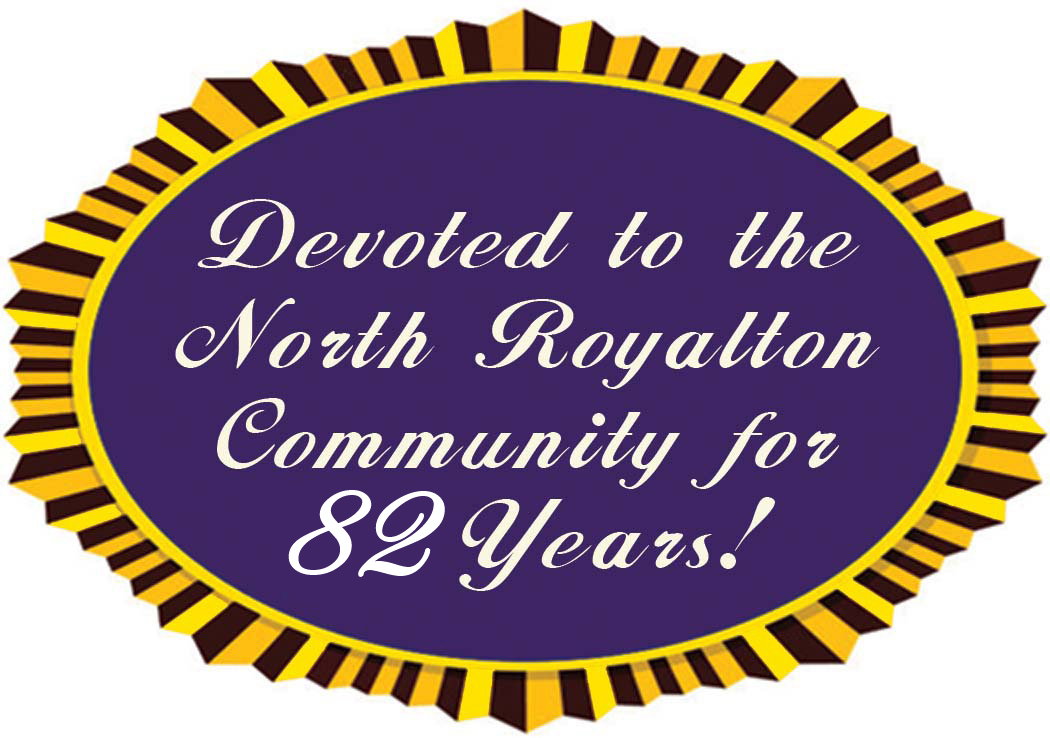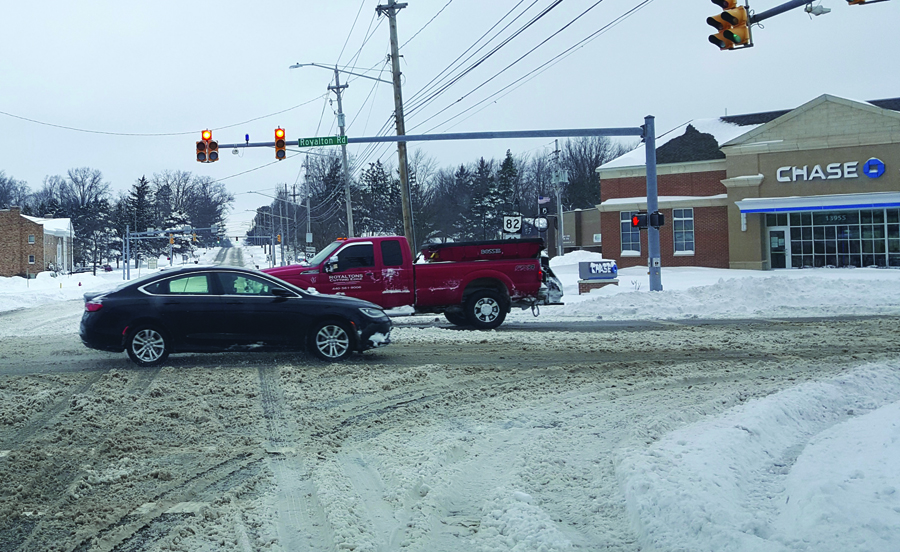A winter snow storm, named Storm Izzy by The Weather Channel, hit North Royalton, starting at about 6 p.m. the night of Sunday, January 16, with continual snow and drifting through the night and into the morning of Monday, January 17. The storm closed schools and delayed rubbish removal.
Izzy’s western edge hit the Greater Cleveland area, pulling moisture off Lake Erie and resulting in lake-effect snow that recorded up to 25 inches of snow in some northeast Ohio areas for the end of the Martin Luther King Jr. holiday weekend. North Royalton fared slightly better, with reported snow depths ranging from 12 to 18 inches.
The City of North Royalton Service Department operates a three-shift schedule from December through March in order to respond to events such as this. “During a snow event, plowing and salting primary main roads, hills and curves are given top priority. Secondary main roads and subdivisions are cleared once all the critical areas are completed. Depending on the severity of the snow event, our city is sectioned into 4, 5 or 6 truck routes using main roads as divisional boundaries. The Service Department is committed to keeping our roads as safe as possible, but no guarantee can be given that the roads will be completely clear of snow and ice,” according to the City’s website. “Cul-de-sac plowing is generally performed as the last function of snow removal and is plowed using pick-up trucks. North Royalton has over 230 cul-de-sacs, which are divided into 6 routes.”
North Royalton Service Director Nick Cinquepalmi explained that “Of course, the main roads are the top priority and we have a lot of hills, such as Rt. 82, Bennett Road, Akins Road. The main roads, the hills, and Rt. 82 have to always be cleared. During a normal snow we can accomplish all of that, then go into side streets, then the developments. At some point, we are always mindful of keeping an eye on the main roads. With the snow falling two inches an hour, as soon as you’re done, you have to do it again. With 15-16 inches of snow falling per hour in a ten hour period, it is almost impossible to maintain.” He stated that the Service Department “started at 5 p.m. on Sunday, then started bringing others in at midnight and didn’t stop until 3 p.m. on Tuesday, running double shifts, with everyone on it. We’re not making any excuses, it’s not for lack of planning or effort. Everybody shows up and works. Some were working 16 hours straight. They had to struggle just to get in here. They would turn around, go home and get five-six hours of sleep and get back in here. Everyone is dedicated to get the job done.”
Cinquepalmi notes also that snow removal equipment is also working non-stop during a snow event. “You start off with all your trucks and you go out, 48-72 hours straight. Sometimes something happens, such as a chain or belt breaks, and you have to take them off the road for a time, which backs things up.” Once the storm is over and all the roads are cleared, the process of getting ready for the next event takes place. The salt barn needs to be restocked and the trucks need to be maintained and/or repaired. “Now we re-build and re-gear and load up for the next time.”
Residents can help out by remembering the following:
• Stay about four car lengths behind the plow truck. Never pass a plow truck on the right.
• Do not park on the street or in cul-de-sacs during snow events, as it prevents the plows from properly clearing the roads.
• Do not push snow into the street or across the road. Residents and private contractors should be aware of City Ordinance 660.15 (a). This section of the code states, “No person, company, contractor, or private snow removal company or entity while in the process of snow plowing or removal shall deposit or cause to be deposited any snow and/or ice that would obstruct, hinder, block or cause injury to any public or private road, sidewalk, driveway, fire hydrant, or to the landscaping of any property. All snow from any premises shall be deposited onto the same premises from which it was moved, plowed or removed.” Any individuals who do could be subject to citation.
• To help minimize snow being plowed onto your apron, “it is recommended as much snow as possible be placed on the side of your driveway away from the direction of the snow plow (the right side when looking at your house when standing at the street) and make a pocket on the left side of your driveway. In so doing, snow accumulation on the plow will drop into that pocket and the potential for large quantities of snow being deposited into your driveway apron is reduced,” according to city officials.
According to the city’s website, the city will repair or replace mailboxes if damaged by city snow plows. It will also repair tree lawns in the Spring, if damaged by city snow plows. Residents should contact the Service Department in these instances at 440-582-3002. “The Service Department will come out as soon as possible to repair or replace mailboxes. If minor damage has occurred, we will repair your current mailbox. If your mailbox and/or post needs to be completely replaced, the City will install either a standard metal mailbox and/or wood post or a Step2 mailbox. We do not have a reimbursement program. Please note: at times we may leave you a temporary mailbox so that you can continue to receive mail service until we can repair or replace your mailbox,” according to the city’s website.
Residents are asked to clear snow and debris away from fire hydrants, as well as from mail boxes so house numbers are visible, enabling the safety services the fastest possible access to your home, in case of emergency. “In an emergency, every second counts,” noted North Royalton Fire Department officials. “Fire hydrants that are blocked, concealed, or difficult to access due to snow or ice can impede emergency fire response. Fire trucks carry a limited amount of water, so one of the first tasks upon arriving at a fire is to locate a water supply from the nearest hydrant. Hydrants covered in snow can be difficult to locate, and uncovering them can waste valuable time needed to fight the fire. Keeping them clear can mean easier access to water and more time doing what really matters – fighting the fire.” Residents are asked to clear a path from the street to the hydrant and a perimeter of about three feet around the hydrant.
The Fire Department also recommends that residents clear the snow and ice from the gas meter or furnace vent. “A covered meter or vent can cause your furnace and hot water heater to stop working. Before it stops working, it can lead to carbon monoxide building up in your home,” according to Fire Department officials.
By GLORIA PLEVA KACIK
Contributing Writer






